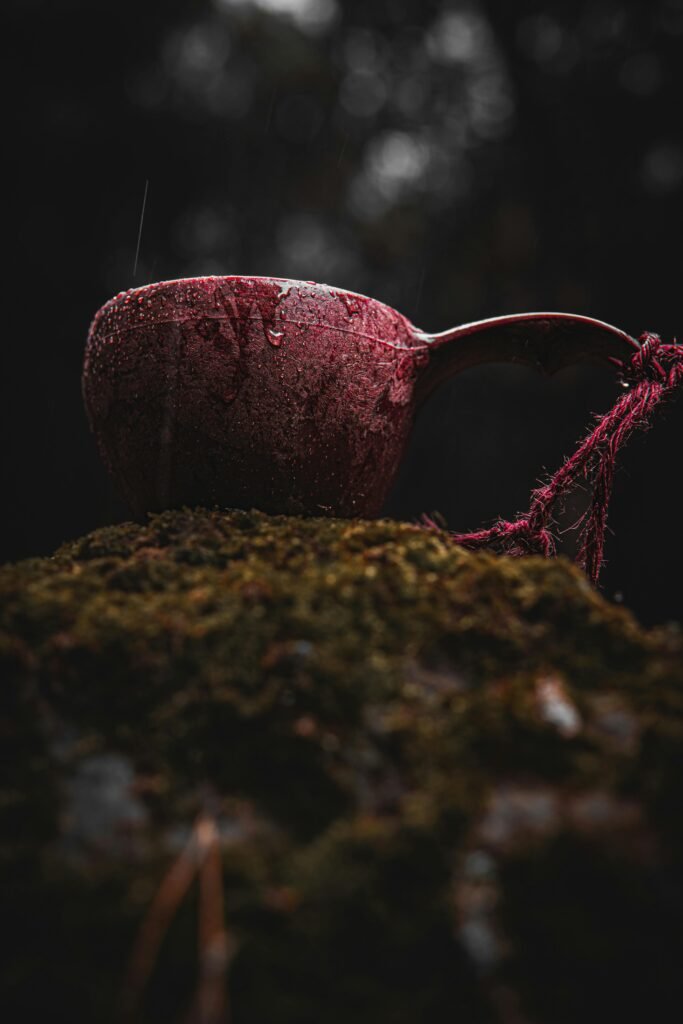If you’ve ever wondered how to effectively clean your plastic containers, look no further. In this article, you will discover a variety of best practices for proper cleaning techniques, ensuring that your plastic containers are not only sanitized but also free from any lingering odors or stains. Whether you’re cleaning lunch containers, storage bins, or food storage containers, these tips and tricks will leave your plastic containers looking brand new and ready for their next use. Say goodbye to grimy residue and hello to sparkling clean plastic containers with these easy and effective cleaning techniques. Plastic containers are a convenient and versatile option for storing food and other items. However, keeping them clean and free from stains, odors, and bacteria is essential for maintaining their functionality and ensuring the safety of your food. In this article, we will guide you through the process of choosing the right cleaning products, pre-cleaning preparation, hand washing and dishwasher cleaning techniques, removing stains and odors, cleaning plastic container lids, regular maintenance tips, deep cleaning methods, storing clean containers, and safe handling practices.

This image is property of images.pexels.com.
Choosing the Right Cleaning Products
When it comes to cleaning plastic containers, it is important to consider the material of the container. Some plastics are more sensitive and can be easily damaged by harsh cleaning agents. Therefore, it is advisable to select mild detergents or dish soaps specifically formulated for plastic materials. These gentle cleaning products will help prevent any potential damage to the plastic while effectively removing dirt, stains, and odors. Additionally, check if the manufacturer provides any specific cleaning instructions for the plastic containers you are using. Following these instructions will ensure that you clean your containers in the most suitable manner.
Pre-Cleaning Preparation
Before you begin cleaning a plastic container, it is essential to empty it of any contents. This will make the cleaning process easier and prevent any potential contamination. Next, remove any food particles or residue by rinsing the container with warm water. If the container has stubborn stains, soaking it in warm water can help loosen them. Simply fill the container with warm water and let it sit for a few minutes before proceeding with the cleaning process.

This image is property of images.pexels.com.
Hand Washing Plastic Containers
Hand washing is a common and effective method for cleaning plastic containers. To avoid scratching the container, it is recommended to use a soft sponge or cloth rather than abrasive scrubbing pads or brushes. Apply the cleaning solution, such as a mild detergent or dish soap, to the sponge or cloth and gently scrub the container. Pay extra attention to corners and crevices where dirt and bacteria can accumulate. Once you have thoroughly cleaned the container, rinse it with warm water to remove any remaining soap residue. Finally, allow the container to air dry completely before using or storing it to prevent any moisture from causing mold or mildew growth.
Dishwasher Cleaning
Many plastic containers are dishwasher-safe, but it is important to check before placing them in the dishwasher. Look for the dishwasher-safe symbol or check the manufacturer’s instructions. If the plastic container is dishwasher-safe, place it on the top rack of the dishwasher to minimize the risk of direct exposure to high heat. Avoid using high heat settings, as this can cause the plastic to warp or melt. Once the dishwasher cycle is complete, promptly remove the container to prevent any potential damage. Inspect the container for any remaining residue, and if necessary, rewash it by hand.

This image is property of images.pexels.com.
Removing Stains and Odors
Over time, plastic containers can develop stains and retain odors, especially if they have been used to store strongly flavored foods. To tackle stains, create a paste of baking soda and water. Apply the paste to the stained areas and let it sit for a few hours to allow the baking soda to absorb the stains. Scrub the container gently with a sponge or brush to remove the stains. For stubborn odors, soak the container in a mixture of water and vinegar. This will help neutralize any lingering smells. After soaking, rinse the container thoroughly and dry it completely to prevent any mold or mildew growth.
Cleaning Plastic Container Lids
When cleaning plastic containers, it is equally important to pay attention to the lids. To clean plastic container lids, remove them from the container and wash them separately. Use warm, soapy water to hand wash the lids, making sure to clean any grooves or seals where dirt can accumulate. Rinse the lids thoroughly and dry them completely before reattaching them to the containers. This will ensure that both the containers and lids are clean and ready for use.
Regular Maintenance Tips
To maintain the cleanliness of your plastic containers, there are some simple tips you should follow. Firstly, wash them as soon as possible after use to prevent any food residue from drying and becoming more difficult to clean. Avoid using abrasive cleaners or scouring pads as they can scratch the plastic and make it more prone to harboring bacteria. When storing plastic containers, it is best to keep their lids off to allow air circulation and prevent moisture buildup, which can lead to mold or mildew. Lastly, regularly inspect your containers for any signs of wear or damage. If a plastic container is cracked, damaged, or shows signs of wear, it’s best to replace it to ensure the safety and integrity of your stored items.
Deep Cleaning Plastic Containers
For tough stains or persistent odors that cannot be easily removed through regular cleaning methods, a deep cleaning approach may be necessary. To deep clean a plastic container, prepare a mixture of water and bleach using a ratio of 1 tablespoon of bleach per gallon of water. Allow the container to soak in this mixture overnight. The bleach will help break down any stubborn stains and eliminate odors. After soaking, rinse the container thoroughly with water and let it air dry completely before using it again.
Storing Clean Plastic Containers
Proper storage of clean plastic containers is essential to maintain their cleanliness and functionality. Before storing them, ensure that the containers are completely dry to prevent any moisture accumulation. Nesting containers of similar sizes together can help save space and keep your storage area organized. Consider using a designated storage area for your plastic containers to streamline access and prevent them from being mixed with other items. Lastly, avoid stacking heavy items on top of the plastic containers as this can cause deformation or damage to the containers.
Safe Handling of Plastic Containers
Proper handling of plastic containers is important to ensure your safety and prevent potential damage to the containers. Avoid exposing plastic containers to extreme temperatures, as they can warp or melt. When using plastic containers in the microwave, make sure they are specifically labeled as microwave-safe to avoid any chemical reactions or release of harmful substances. Additionally, avoid using plastic containers to store or heat highly acidic or fatty foods, as these can cause chemical reactions with the plastic. Lastly, regularly inspect your plastic containers for any cracks, damage, or signs of wear. If you notice any such issues, it is best to replace the containers to maintain their functionality and safety.
By following these proper cleaning techniques and best practices, you can ensure that your plastic containers remain clean, odor-free, and safe to use. Remember to consider the material of the plastic container, select suitable cleaning products, and follow any specific cleaning instructions from the manufacturer. With regular maintenance and proper care, your plastic containers will continue to serve you well for years to come.
